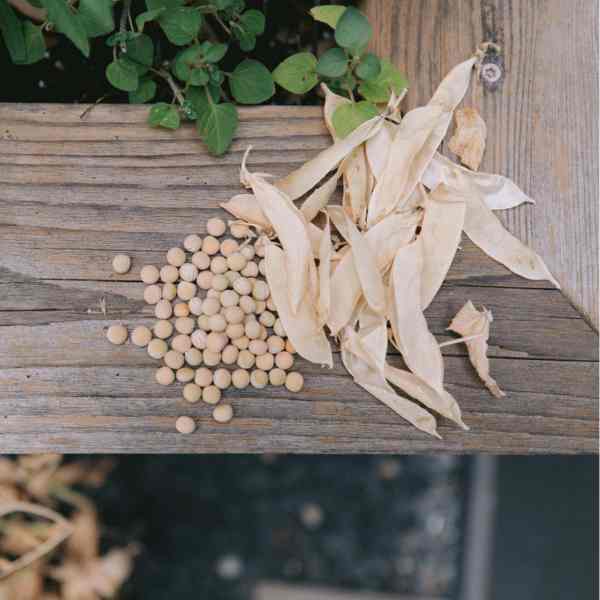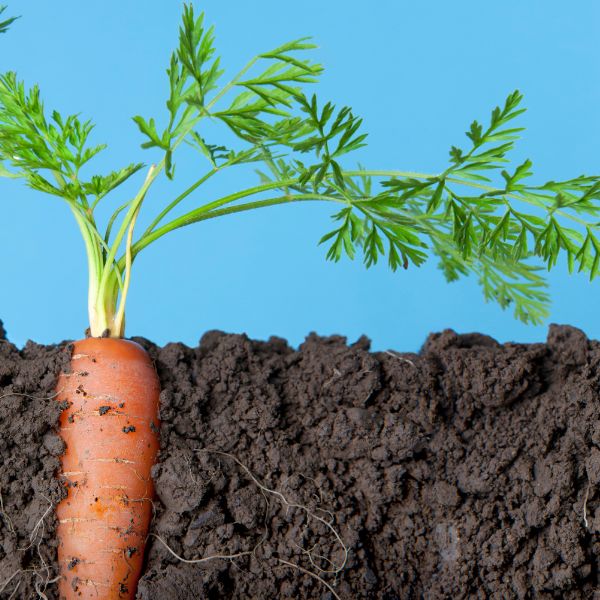Seed Saving: Zucchini

You know summer has arrived in your garden when the zucchini starts to roll in. With the warm weather, zucchini becomes the gift that keeps on giving. If you want to ensure that you have this prolific crop for years to come, try saving the seeds.
Zucchini and Cross Pollination
If you’re growing pumpkins or button squash in your garden, there is a good chance that it will cross-pollinate with your zucchini. Cross-pollination is not ideal when you’re looking to save seeds because it creates hybrids. You don’t want to save seeds from hybrid zucchini because they will not grow true-to-type in the next season.
The best way to prevent cross-pollination is to pollinate your zucchini by hand. It’s important to know the difference between the male flower and the female flower of a zucchini plant to hand-pollinate. The easiest way to tell them apart is by looking at the stems. The female flower will usually have a very small zucchini already forming at its base while the male flower will not.
Once you see flowers forming, you’ll want to cover both the male and female flowers that you plan to use in hand-pollination with a cloth bag. This prevents any bees or other insects from introducing pollen from other squash varieties.
When the flowers open in the morning, locate the male flower, and use a cotton swab to collect the pollen. Take your pollen-covered cotton swab and roll it over the stigma in the center of the female flower. Make sure to cover the female flower with the cloth bag again once you’re finished to keep out any bees.
And that’s it! You successfully hand-pollinated your zucchini plant.
How to Save Zucchini Seeds
The zucchinis that we usually harvest to eat are immature fruit. You’ll want to wait a couple of extra weeks before harvesting the zucchini that you plan to save seeds from to ensure that it’s overripe and has reached full maturity.
An overripe zucchini can grow to be quite large. It will darken in colour and may even turn yellow. The skin will look matte and will feel more like winter squash.
Cut your zucchini in half long-ways and scoop out the seeds either with your hands or a spoon. Place them in a clean bowl or strainer for cleaning.
You’ll want to give the seeds a very good rinse to get off any excess pulp or residue. Zucchini seeds are bigger-sized seeds so it’s not as tedious to separate the seeds from the pulp by hand. This is also a good time to check for seed viability and remove any bad seeds. Place your seeds in a bowl of water and let them sit for a couple of minutes. Any seeds that float to the top of the bowl are not viable and should be discarded. Any seeds that sink to the bottom of the bowl are good!
Spread your now clean seeds evenly over a paper plate or paper towels to dry. The seeds will take about a week to dry, and they must be completely dry to not rot in storage. Direct sunlight can also damage the seeds. A good spot to keep your seeds while they’re drying is a kitchen cabinet or pantry.
You’ll know that the seeds are completely dry when they can be easily snapped in half. If they still have a little bend to them, they’re not dry yet.
Storing Your Seeds
The most important part of storing any seeds is making sure that they are in a cool and dry environment. Store your seeds in an airtight container. Look around your house for old glass jars and remember to label and date everything so you remember what they are and when you saved them.
Saved zucchini seeds should last about 5 years but can last longer if stored in the right conditions. If you see any condensation forming in your storage containers, your seeds are not dry enough. Try placing a gel-silica packet in with your seeds to remove any excess moisture.






